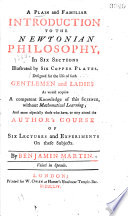 | Benjamin Martin - Celestial mechanics - 1754 - 200 pages
...of the Heavenly Bodies, the .Principles of Mechanics explained i of the Several Mechanical Powers ; -the Lever, the Wheel, and Axle, the Pulley, the inclined "Plane, 'the Wedge, and the Screw ; the ftrongeft Arch to build upont the D.oBrine of Wheel Carriages, £?V. 137 A Plain and Familiar... | |
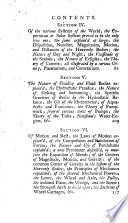 | Benjamin Martin - Science - 1765 - 202 pages
...of the Heavenly Bodies ; the Principles of Mechanics explained ; of the federal Mechanical Powers* the Lever, the Wheel and Axle, the Pulley, the inclined Plane, the Wedge, and the Screw ; the ftrongeft Arch to build upon -, ibe Doftrine of Wheel Carriages, &V, 137 I. . A Plain and Familiar... | |
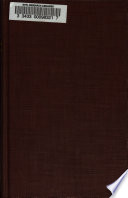 | Henry Kett - Books and reading - 1805 - 340 pages
...; and by their combination, all machines, however complicated, are constructed. Their names are—. the lever, the wheel and axle, the pulley, the inclined plane, the wedge, and the screw. However small the strength of man, considered in itself, may appear, his ingenuity has supplied him... | |
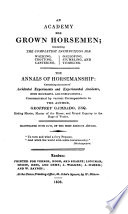 | Henry William Bunbury - Caricatures and cartoons - 1808 - 192 pages
...riding, of the principles of mixed mathematics. Consider, Mr. Gambado, the six mechanical powers! I he lever, the wheel and axle, the pulley, the inclined plane, the wedge, and the screw; and reflect with what advantage all these may be applied to the uses of Horsemanship. By means of a... | |
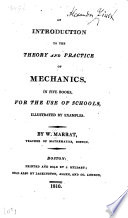 | William Marrat - Mechanics - 1810 - 512 pages
...because, of these six, all the more compounded machines arc composed : — the mechanic powers are the LEVER, the WHEEL AND AXLE, the PULLEY, the INCLINED PLANE, the WEDGE, and the SGEEW. 125. WEIGHT and POWER, when opposed to each other, signify the body to be moved, and the body... | |
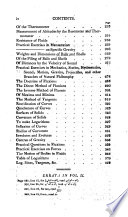 | Charles Hutton - Mathematics - 1811 - 494 pages
...the time in F6f : That is, the time >S is to tin- • number, viz. the Lever, the Wheel and Axle, die Pulley, the Inclined Plane, the Wedge, and the Screw....158. Mechanics, is the science of forces, and the affects they produce, when applied to machines, in the motion of bodies. 159. Statics, is the science... | |
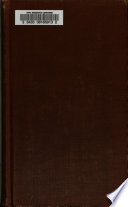 | Akeroyde's padd (Dance) - 1812 - 356 pages
...velocity is greater. The mechanical powers which are used in aid of the wants and weakness of man, are, the lever, the wheel and axle, the pulley, the inclined plane, the wedge, and the screw. THE LEVER Is the first and simplest of the mechanical powers. It is a straight inflexible bar, supposed... | |
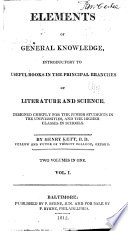 | Henry Kett - Best books - 1812 - 500 pages
...mechanical'powers; and by their combination, all machines, however complicated, are constructed. Their names are — the lever, the -wheel and axle, the pulley, the inclined plane, the "wedge, and the screwHowever small the strength of man, considered in itself, may appear, his ingenuity has supplied... | |
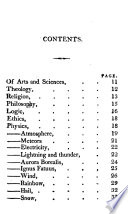 | Daniel Jaudon - Art and science - 1814 - 234 pages
...of the machine applied to the weight or resistance. Q. How many mechanic powers are there ? A. Six? the lever, the wheel and axle, the pulley, the inclined plane, the wedge, and the screw. Q. Please to describe each of them î A. The lerer is an inflexible bar, turning on я supportin»... | |
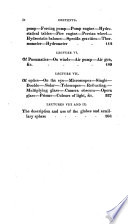 | James Ferguson - Astronomy - 1814 - 420 pages
...machines, usually called media* The menical j)ower», are six in number,* viz. the le- chanic ver, the wheel and axle, the pulley, the inclined ' plane, the wedge, and the screw. They are * Some writers on mechanics exclude the inclined plane from the number of the mechanical powers,... | |
| |